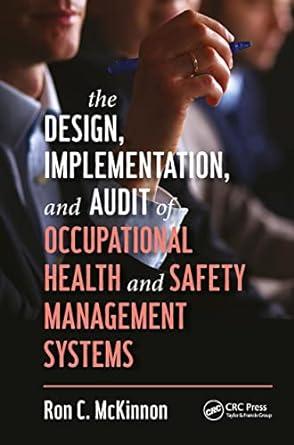Question
First, some definitions: then answer the questions below dutiable imports : those imports that are subject to a duty or tariff. Exporting occurs when a
| First, some definitions: then answer the questions below dutiable imports: those imports that are subject to a duty or tariff. Exporting occurs when a good or service currently in one country is provided to, and paid for by, an entity in another country. If Ford Europe ships cars to Ford North America, it's exporting. If a Chinese citizen studies at the University of Washington in Tacoma, with tuition paid by her/his parents in China, the US is exporting educational services to China. foreign direct investment (FDI): assets in one country (real estate, infrastructure, companies) that are largely owned by an investor in another country. gross domestic product (GDP): the value of all things produced for sale within a specific territory (e.g., a country) over a specific time period (e.g., a year). merchandise trade: international movements of physical products. tariff or duty: a tax on imported items, paid to the government of the importing country. trade balance for a specific country over a specific period of time: the value of all exports from that country to all others was greater (trade surplus) or less (trade deficit) than the value of all imports to that country from all others, over the specific period of time. |
1. Did the US have a trade surplus or deficit in 2014? What was the absolute size of the surplus or deficit? What was the size of the surplus or deficit as a proportion of US GDP in 2014?
2. From Figure 1.1, how did each of the following events seem to affect the trend in US exports, imports, and trade balance?
a) World War I (1914-18)
b) the Great Depression (1929-39)
c) World War II (1939-45)
d) the Great Recession (2008-9)
3. Identify three reasons why international trade has increased as a proportion of US (or total world) GDP, from 1945 to the present. Use page 11 and pages 21-3.
4. Table 1.1 refers only to merchandise trade: each column sums to 100% of US merchandise exports or imports. Why do you think "chemicals & manufactured goods" and "machinery & transport equipment" make up such a huge proportion of US exports and imports? (There are several possible answers, and they are only implied in the text, pages 13-21 -- what do you think?)
5. Table 1.1 does not include international trade in services. What kinds of services are traded internationally?
6. Why has "the value of foreign direct investment in the United States increased from 1 percent of GDP in 1960 to 16 percent in 2013" [16]? Again, there's more than one answer, and the text only implies answers at this point -- what do you think?
7. How does the iPhone illustrate the misleading nature of international trade statistics?
8. Study Table 1.2. What proportion of US consumption is spent on motor vehicles? X proportion of that is spent on vehicles made in the US -- what is X? If the rest of those expenditures (call that Y percent) are on imported motor vehicles, what proportion is that? Why is the proportion in the "Import content" row different from Y?
Step by Step Solution
There are 3 Steps involved in it
Step: 1

Get Instant Access to Expert-Tailored Solutions
See step-by-step solutions with expert insights and AI powered tools for academic success
Step: 2

Step: 3

Ace Your Homework with AI
Get the answers you need in no time with our AI-driven, step-by-step assistance
Get Started


